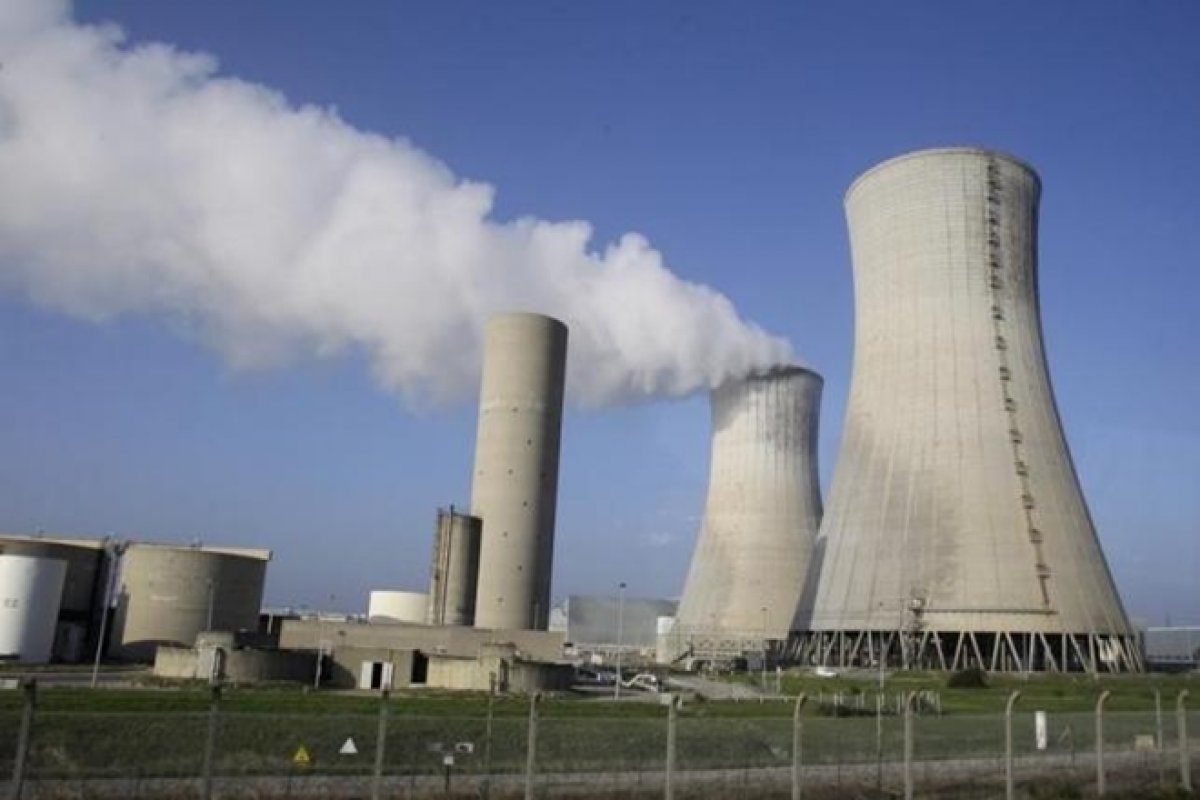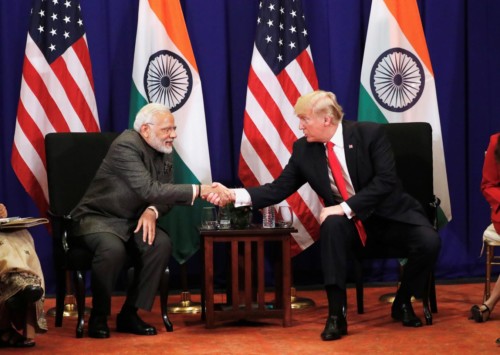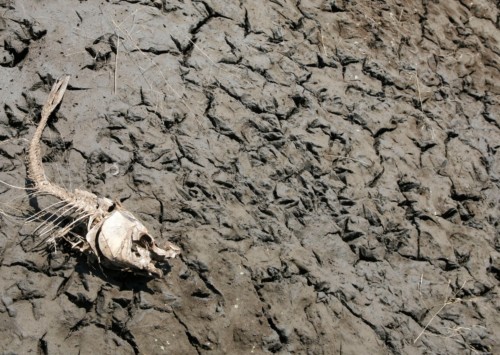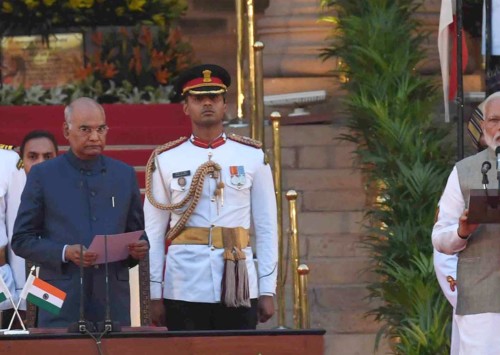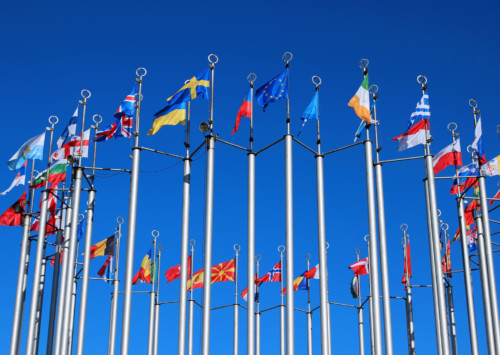French EPR audit raises questions on Jaitapur
Repeated incidents related to French nuclear technology put a question mark on the fate of Jaitapur nuclear power project.
On July 5, French finance and economy minister Bruno Le Maire said that he had ordered an independent audit to go through the entire EPR project, under implementation at Flamanville nuclear power plant, under construction in north-western France ever since 2007.
Le Maire’s orders came barely a fortnight after the French Nuclear Safety Agency, ASN, ordered EDF, the constructor of the plant, to repair at least eight key welded joints that had not been done in accordance with safety regulations.
Proposed nearly two decades ago, the EPR or European Pressurised Reactor, was positioned as the state of the art in nuclear power technology and Areva, the then nuclear power company of France, began the construction of the first such project using EPRs in Flamanville in 2007, even while aggressively marketing it to various customers around the world, including Finland, Canada and of course India, even before the first reactor had been built and proven to be viable.
Since then, Flamanville has become a national symbol of industrial shame and disaster for France, arguably the global leader in nuclear power technology which accounts for over 70 pc of French electricity production at extremely reasonable rates.
However, EPR has been a flop, at least so far. The Flamanville project has exceeded repeatedly budgets and has had innumerable safety audits after repeated incidents in the construction phase itself, leading Le Maire to order an overall review of the EPR itself. “We need to understand what really has been going on in this project. We would like the EPR to be of the same standard as the best in the world,’’ Le Maire said.
The audit puts a huge question mark first on the Flamanville project itself, especially as the latest deadline for the startup of the project given by EDF, which acquired an ailing Areva a few years ago, is barely two months away. This is almost certain to be pushed back again. In 2007, when the 1650 MW project was launched, the construction was meant to be completed in five years for a total cost of EUR 3.3 billion. As of now, it has already taken 12 years and the cost has escalated to almost EUR 11 billion.
The latest delay and the audit will definitely have a serious impact on Jaitapur, which itself has been delayed for over a decade even for a basic agreement between the Indian Nuclear Power Corporation (NPC) and EDF.
In 2008, India and France had decided to collaborate to build a 9.9 GW nuclear power plant, with six reactors of 1650 MW each. The project was touted as the largest industrial project ever to be undertaken in India and a major plank of Indo-French relations.
However, in the decade since this announcement there has been little progress on the project and a lot has indeed changed in the global energy scenario, which raises existential questions about the feasibility and the need for such a large nuclear power project. And of course, there has been tremendous opposition to the project not just from environmentalists but also the residents of the site of the project, the village of Jaitapur, about 600 km south of Mumbai.
There are indeed numerous issues about Jaitapur. The first relates to the choice of the reactors, the EPR. It is indeed surprising that India opted for an entirely untried and untested technology. It does not help that practically even the few EPR projects that are under construction or planned have been bogged down in problems including severe delays and extremely high cost overruns.
In 2015, the French nuclear safety agency said it had detected a very serious fault in the reactor vessel at Flamanville, causing another outrage against the project and indeed putting pressure on the French government to follow its European partners in reducing dependence on nuclear power. The French government has since announced its aim of bringing nuclear power’s share in the electricity mix down from the current 75 pc to about 50 pc.
The fate of other EPRs under construction is not very different from Flamanville. The construction of world’s first EPR began in 2003 at Olkiluoto in Finland. Expected to be completed in 2009, the project has also suffered numerous delays and the latest pushback was announced in late November last year, putting the date of operationalisation to 2020.
Safety is also the primary reason behind the opposition of the residents of Jaitapur to the project. France and India also have to walk the tightrope over the controversial issue of the ultimate responsibility related to safety. While Indian law holds the equipment suppliers and constructors liable for any accidents that may occur, the French are hardly keen to engage in any venture with unlimited liability, especially when the plant would be operated by the Indian nuclear power producer, NPCIL.
Besides safety, another reason behind the opposition to the plant is of course the large amount of land that would need to be acquired for construction of six reactors and other facilities.
But safety is not the only reason why Jaitapur is not a good idea. The economic viability of the project is also questionable. Though the final cost of Jaitapur is yet to be ascertained, if Flamanville’s one unit is expected to cost upwards of EUR 11 billion, the final cost of six reactors would be safely in the vicinity of EUR 70 billion. Even in 2009, the cost of electricity produced at Jaitapur was pegged at nearly INR 9 a kWh, nearly three times the price of power from a coal-fired thermal power plant.
Moreover, the entire energy scenario in India has changed over the last decade, making Jaitapur look much more of a white elephant than a much needed power source. A decade ago, India was struggling with severe power shortages and the renewable energy was still in a nascent stage. However, in the last 10 years, the sharp mismatch in energy demand and supply has been bridged to a large extent and as a result many proposed power plants have stayed on the designing board.
But the biggest change has come in from the renewable energy sector and that too mainly solar energy. In the last few years, solar energy generation in India has risen sharply and the government proposes to have installed capacity of over 175 GW of renewable energy by 2022, of which 100 GW would be solar. In 2017, India added 4.6 GW of solar energy capacity, taking the total to about 17 GW. Solar energy production has been propelled ahead by extremely low prices for solar panels. As a result, power producers are selling electricity at even below INR 3 per kWh, with some bids actually coming closer to INR 2.5 a unit.
In this situation, for any power producer or distribution company, it becomes impossible to justify prices that are triple or more, as is the case with Jaitapur.
Yes, solar energy is not available round the clock and wind energy depends on climatic conditions and India does need nuclear power to have an ideal energy mix with sustained power generation. But the price has to be competitive and technology tried and tested. Currently, an Indian designed reactor costs about EUR 2 million per MW, translating into EUR 3.3 billion for 1650 MW. Flamanville has already breached EUR 11 billion for the same capacity.
The two governments would have to look really hard for any reason to justify a project that would cost at least thrice as much, with an unproven technology.

